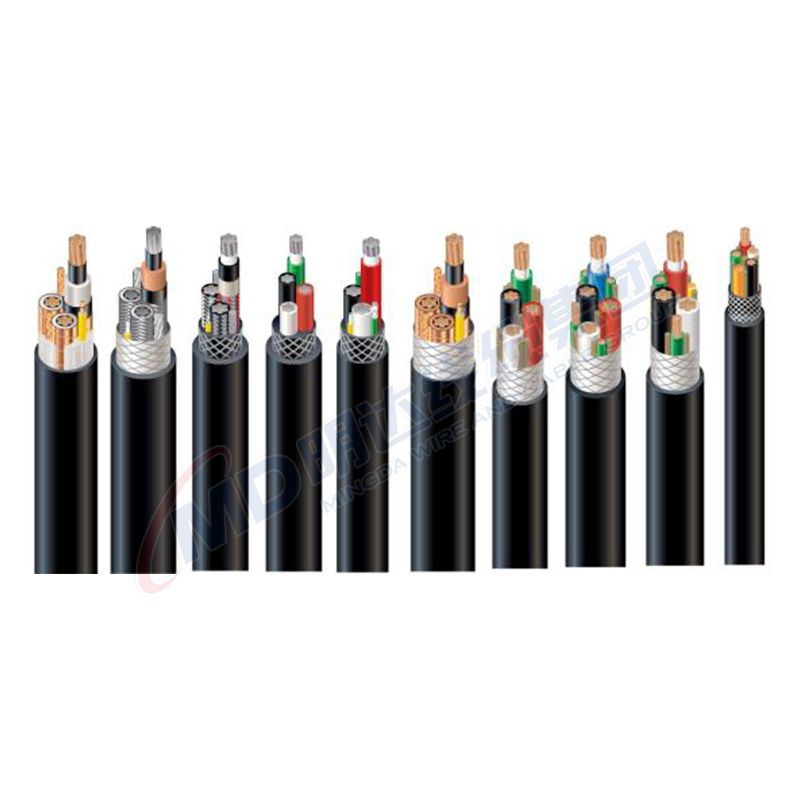Nov . 01, 2024 06:58 Back to list
Non-Rising Stem Gate Valve for Improved Operational Efficiency and Reliability
Understanding Non-Rising Stem Gate Valves
Gate valves are essential components in various piping systems, designed to allow or block the flow of liquids and gases. Among the different types of gate valves, the non-rising stem gate valve presents a unique design that suits specific applications in industrial and municipal settings.
A non-rising stem gate valve features a stem that does not extend above the valve body when operated. This design contrasts with rising stem gate valves, which have a stem that rises as the valve opens. The non-rising design is advantageous in applications where space is limited, such as in underground installations or where a rising stem could interfere with surrounding fixtures.
Operational Mechanism
The operational mechanism of a non-rising stem gate valve is relatively straightforward. When the valve is turned, the stem rotates, which, in turn, raises or lowers the gate within the valve body. This process facilitates the opening and closing of the valve but without the need for the stem to rise above the body of the valve. As a result, there is a more compact installation, and the valve can be more easily incorporated into existing systems.
Advantages of Non-Rising Stem Gate Valves
1. Space Efficiency The non-rising design makes these valves ideal for situations where height restrictions exist. This is common in underground applications, or where there is a need to minimize overall valve protrusion.
2. Durability Many non-rising stem gate valves are designed to withstand harsh environmental conditions. Made from robust materials, they can resist corrosion and wear, ensuring a longer lifespan and reduced maintenance.
gate valve non rising

3. Ease of Operation These valves can be operated by various means, including handwheels, electric actuators, or pneumatic controls. The compact design allows for straightforward integration with automated systems.
4. Sealing Performance Non-rising stem gate valves typically provide excellent sealing capabilities. The design minimizes the risk of leaks when the valve is closed, making them suitable for applications requiring a tight seal.
Applications
Non-rising stem gate valves are commonly used in water distribution systems, sewage treatment plants, and industrial processes. Their space-saving design makes them particularly well-suited for applications where valve height could pose issues, such as in tightly packed piping systems or beneath roadways.
In addition to water-related applications, these valves also find use in oil and gas pipelines, HVAC systems, and any situation where a reliable on/off control of flow is needed without the requirement for a rising stem.
Conclusion
Non-rising stem gate valves are a vital piece of equipment in many industries, offering distinct advantages in terms of space efficiency, durability, and sealing performance. Their ability to operate effectively in confined spaces makes them an appealing choice for engineers and operators looking to optimize their systems. As industries continue to evolve, the demand for innovative valve solutions like the non-rising stem gate valve will undoubtedly increase, highlighting the importance of this technology in modern infrastructure.
Share
-
Reliable Wafer Type Butterfly Valves for Every IndustryNewsJul.25,2025
-
Reliable Flow Control Begins with the Right Ball Check ValveNewsJul.25,2025
-
Precision Flow Control Starts with Quality ValvesNewsJul.25,2025
-
Industrial Flow Control ReliabilityNewsJul.25,2025
-
Engineered for Efficiency Gate Valves That Power Industrial PerformanceNewsJul.25,2025
-
Empowering Infrastructure Through Quality ManufacturingNewsJul.25,2025